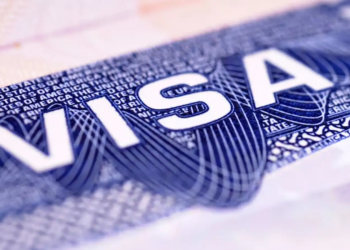An arrangement negotiated by Canada this year to limit the flow of asylum seekers entering from the United States appeared to be a swift success: within days, the number of persons captured at illegal border crossings had fallen to a trickle.
However, five months later, the overall number of people seeking refugee claims in Canada has increased rather than decreased. Many now travel by air, while others sneak across the border and hide until they can ask for asylum without fear of being deported, according to people who work with migrants.
The statistics demonstrate how difficult it is for countries to turn away desperate people, as well as the issue that unexpected numbers of asylum seekers might pose: Hundreds of people in Toronto slept on the streets this summer because they couldn’t find a place to sleep.
“The basic reality is that closing a border does nothing to address the need for protection,” said Shauna Labman, an associate professor and acting head of the University of Winnipeg’s Human Rights Programme.
“It only increases the desperation.”
Canada prides itself on welcoming immigrants and aims to bring in a record half a million new permanent residents in 2025 to deal with an acute labor shortage. But it has sought to discourage those applying for asylum, chiefly through an agreement with the U.S. under which each country turns back asylum seekers.
Still, last year alone, more than 39,000 asylum seekers entered Canada via unofficial crossings – mostly into Quebec via a dirt path off Roxham Road in New York, prompting the province to complain it could not handle the arrivals. Asylum seekers are drawn by Canada’s reputation for swifter processing and greater acceptance of asylum applications compared to the U.S.
As a result, Canada and the United States modified their two-decade-old asylum-seeker arrangement, the Safe Third Country Agreement, in March. The deal now applies to the whole 4,000-mile land border between the two countries, rather than only at points of entry.
The enlarged pact resulted in a remarkable decrease in the number of persons intercepted at irregular crossings, from 4,173 in March to double digits from April to July.
However, the aggregate number of asylum seekers entering Canada has increased. According to figures from the immigration, refugee, and citizenship department, the overall number of refugee claims filed in Canada increased to 12,010 in July, the highest monthly total since at least January 2017, and up from 10,120 in March.





